Single-slope Solar Still CFD Validation, A Distiller Fluent Simulation Tutorial
Single-slope Solar Still CFD Validation, A Distiller Fluent Simulation Tutorial
- Upon ordering this product, you will be provided with a geometry file, a mesh file, and an in-depth Training Video that offers a step-by-step training on the simulation process.
- For any more inquiries regarding the product, please do not hesitate to reach out to us at info@CFDLAND.com or through our online support assistant.
€360 Original price was: €360.€185Current price is: €185.
A single-slope solar still is a simple but brilliant device that uses the sun’s energy to produce clean drinking water. It works like the natural water cycle. The sun heats a basin of salty or dirty water, causing it to turn into clean water vapor and leave the impurities behind. This vapor then rises, touches a cool, tilted glass cover, and condenses into pure water droplets, which are collected. Because it is low-cost and uses free solar energy, it is a vital technology in many parts of the world. The main goal of this project is to perform a Single-slope Solar Still CFD Validation by recreating the numerical study from the reference paper by Rahbar and Esfahani [1].
- Reference [1]: Rahbar, Nader, and Javad Abolfazli Esfahani. “Productivity estimation of a single-slope solar still: Theoretical and numerical analysis.” Energy49 (2013): 289-297.
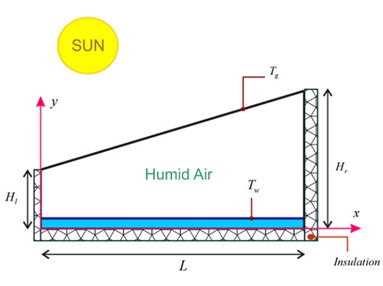
Figure 1: The 2D geometry and coordinate system for the Solar Still CFD model [1].
Simulation Process: Simulating the Water Purification Process in Fluent
Even though the geometry of the Single-slope Solar Still (Distiller) is a simple rectangle and triangle, the physics inside are complex. To model this, we first created a high-quality mesh for the 2D domain. The real challenge, however, was in the solver settings. The air inside the still is not just air; it is a mixture of air and water vapor that changes from place to place. To simulate this correctly, the Species Transport model in ANSYS Fluent was activated. This model is essential because it allows us to track the concentration of water vapor as it evaporates from the water surface, moves through the air, and finally condenses on the glass. The accuracy of the density and mass diffusivity settings is critical for a successful validation.
Post-processing: Validating the Solar Distiller Against Published Data
So, how accurate is our digital model? The answer lies in a direct comparison with the trusted data from the published paper. The simulation’s ability to predict the still’s clean water output, or productivity, was exceptionally good, with a calculated value of 5.04e-5 kg/m²·s. This is only a 4.7% difference from the paper’s benchmark value. Similarly, the heat transfer performance, measured by the Nusselt number, was calculated to be 14.48, showing a very small error of just 6.5% against the reference value of 15.5. Achieving such close agreement is the most important success of this Single-slope Solar Still Fluent Validation, as it proves our CFD model is a reliable and trustworthy tool.
| Nu | Error (%) | Productivity (kg/m2.s) | Error(%) | |
| Paper Data | 15.5 | 6.5 | 5.29e-5 | 4.7% |
| CFD Simulation | 14.48 | 5.04e-5 |
The reason our model performed so well is that it perfectly captured the physics driving the distillation process. The contour plots show a slow, circular current of air and vapor inside the still. Near the warm water basin, the moist air gently rises. As it reaches the cooler, sloped glass surface, it cools down, releases its water, and sinks back down, creating a continuous loop. This gentle, buoyancy-driven flow, known as natural convection, is the engine of the solar still. The velocity field, with speeds up to 0.294 m/s, reveals this exact circulation pattern. Because our simulation correctly recreated this fundamental mechanism, its predictions for productivity are not just numbers—they are the result of sound physics.
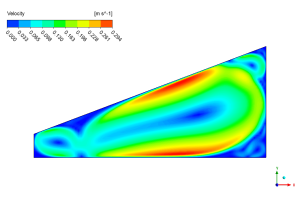
Figure 2: Velocity field inside the Distiller Fluent simulation, showing the natural circulation of vapor.
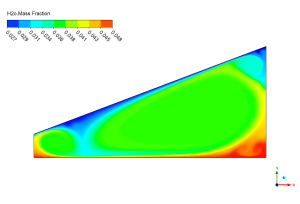
Figure 3: Water vapor mass fraction, showing high concentration above the water basin and condensation on the cool surface.
We pride ourselves on presenting unique products at CFDLAND. We stand out for our scientific rigor and validity. Our products are not based on guesswork or theoretical assumptions like many others. Instead, most of our products are validated using experimental or numerical data from valued scientific journals. Even if direct validation isn’t possible, we build our models and assumptions on the latest research, typically using reference articles to approximate reality.
Yes, we’ll be here . If you have trouble loading files, having technical problems, or have any questions about how to use our products, our technical support team is here to help.
You can load geometry and mesh files, as well as case and data files, using any version of ANSYS Fluent.
€160 Original price was: €160.€110Current price is: €110.

€265 Original price was: €265.€135Current price is: €135.

€360 Original price was: €360.€185Current price is: €185.

€360 Original price was: €360.€185Current price is: €185.

€245 Original price was: €245.€199Current price is: €199.

€245 Original price was: €245.€185Current price is: €185.



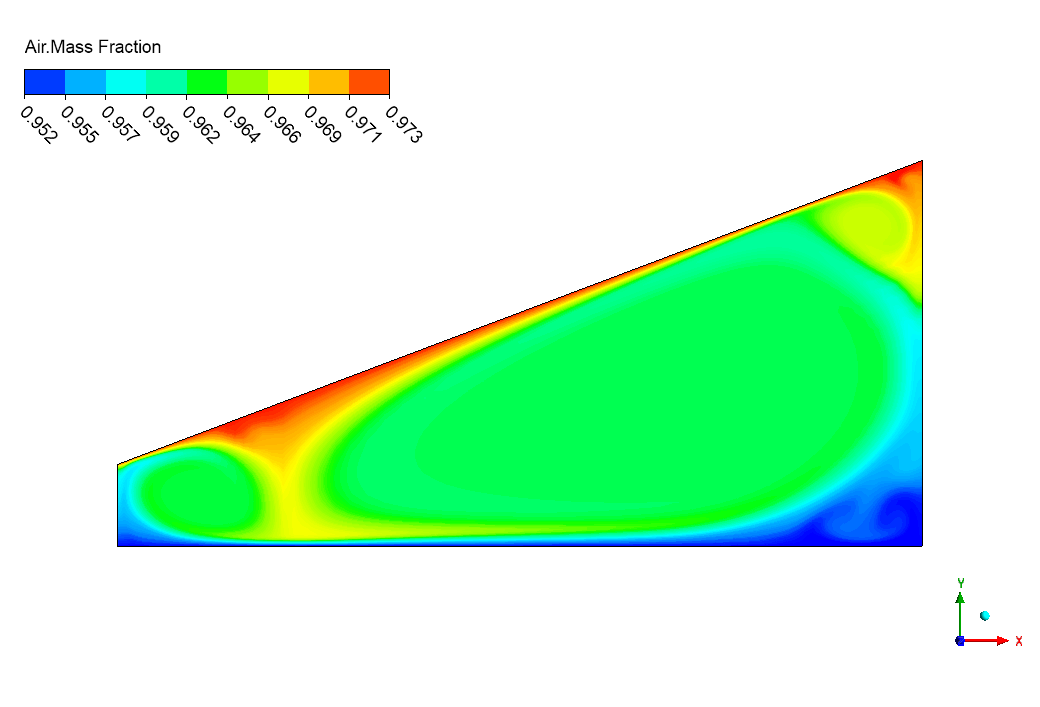
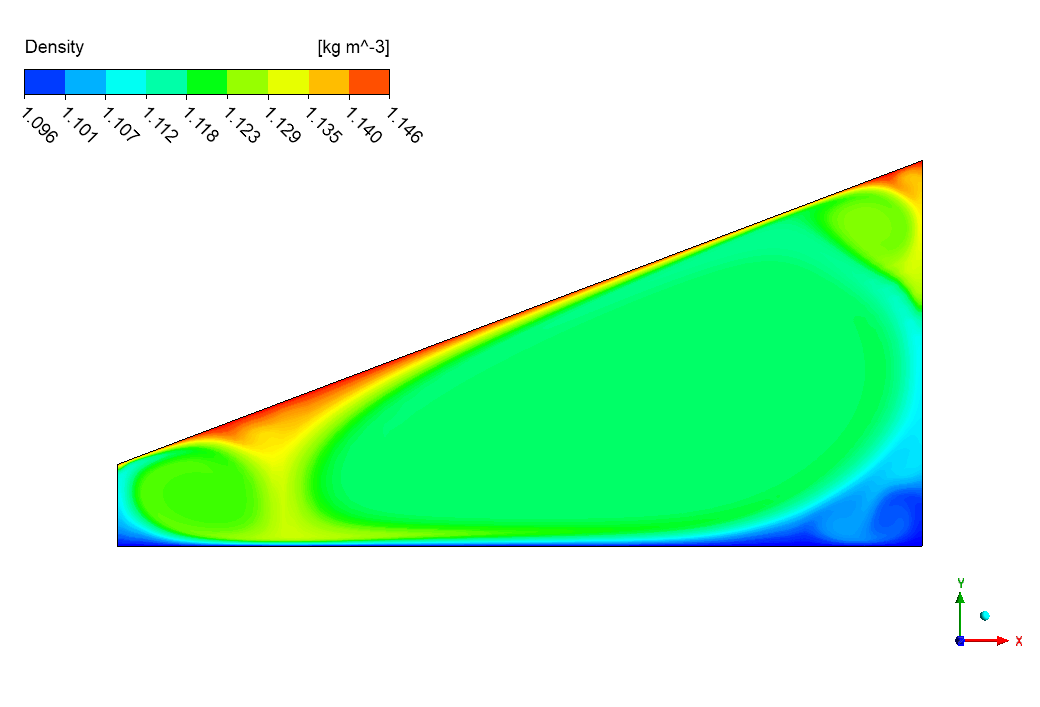
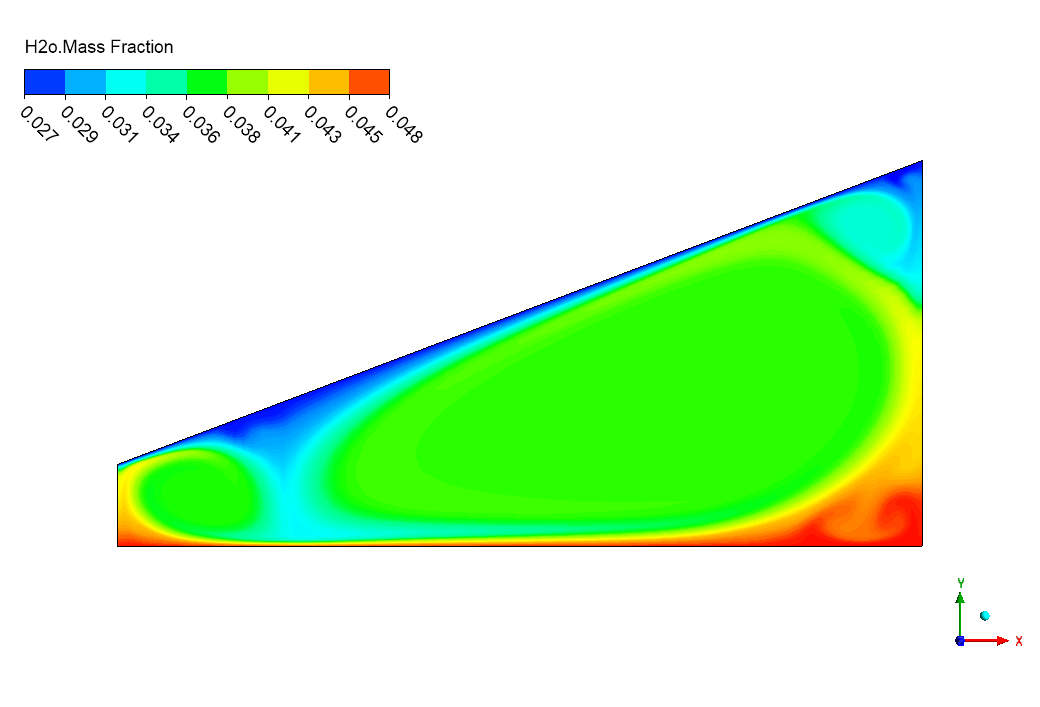
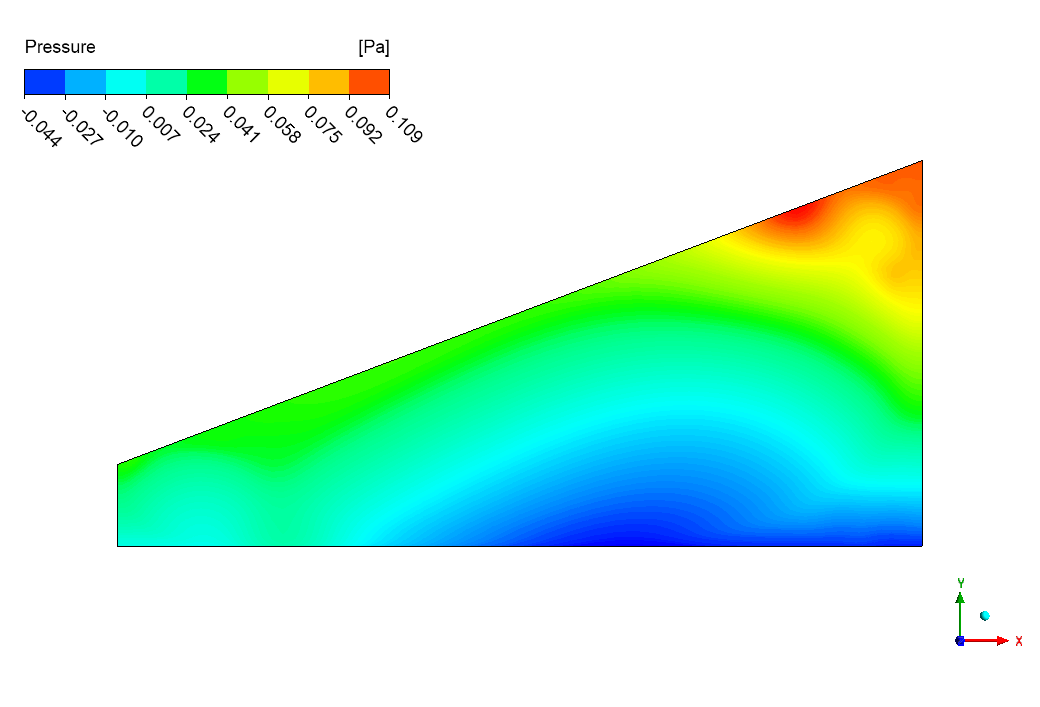
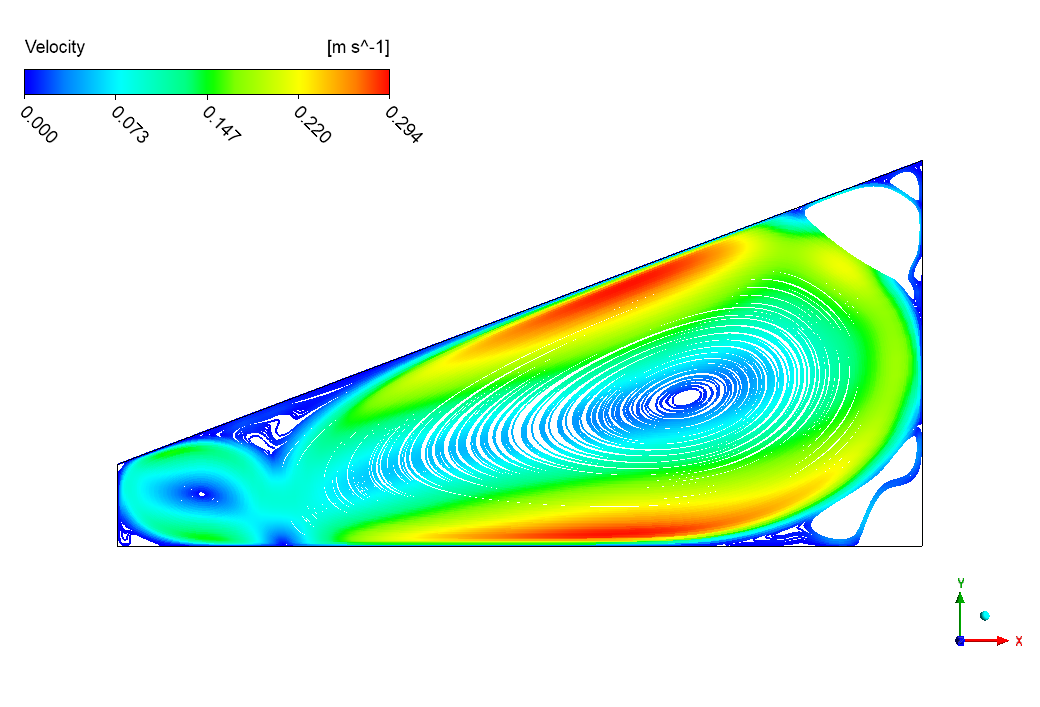
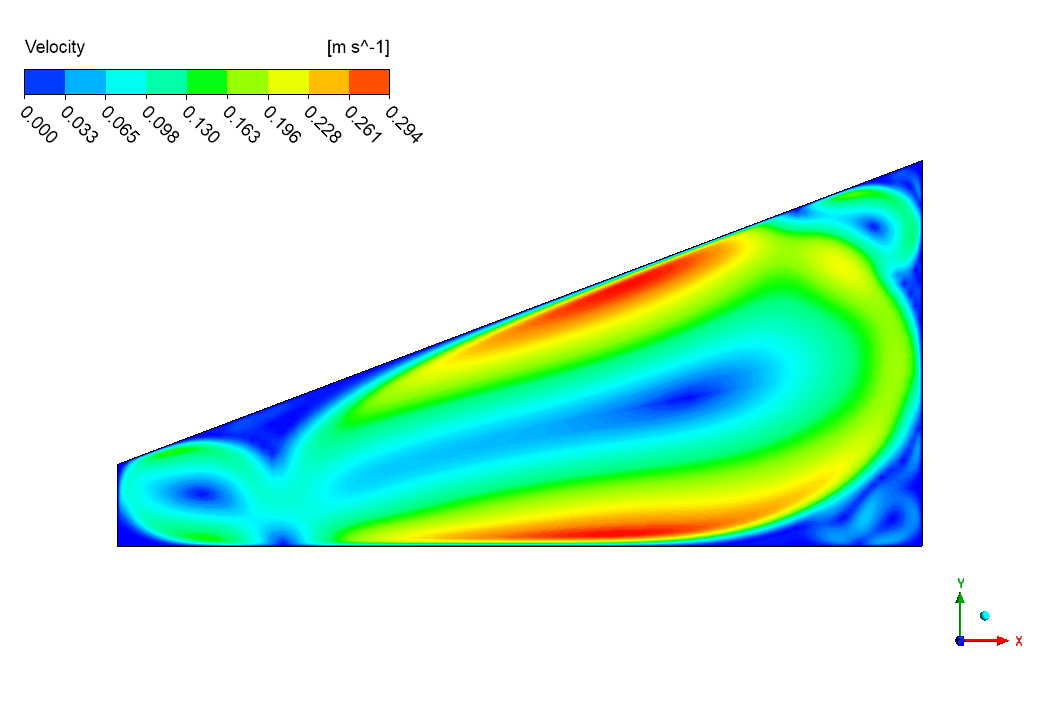





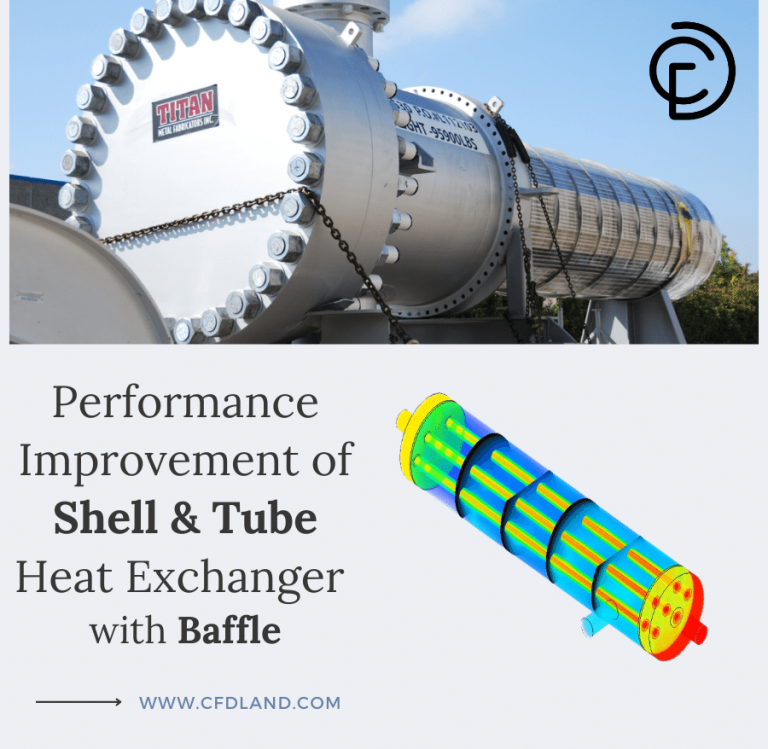
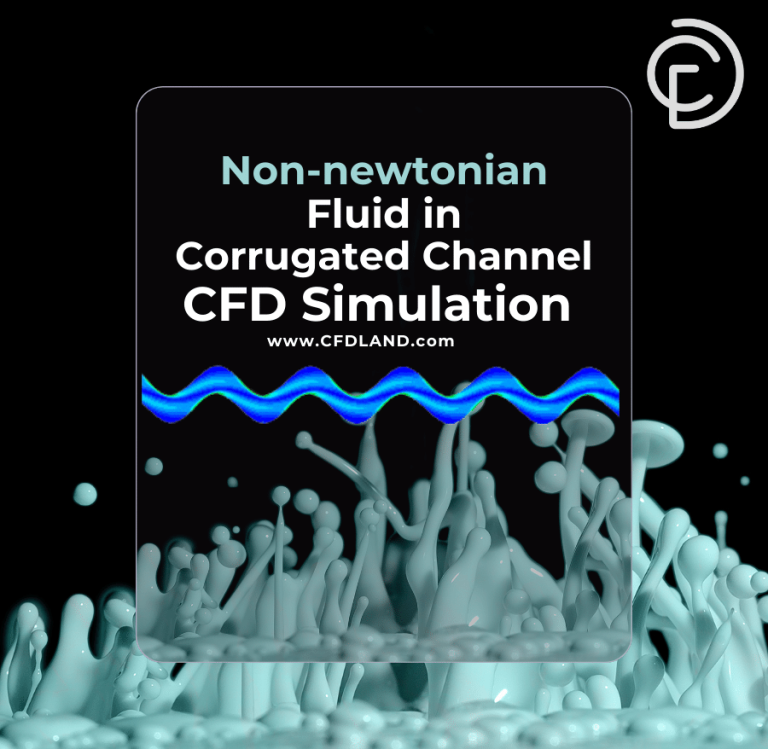

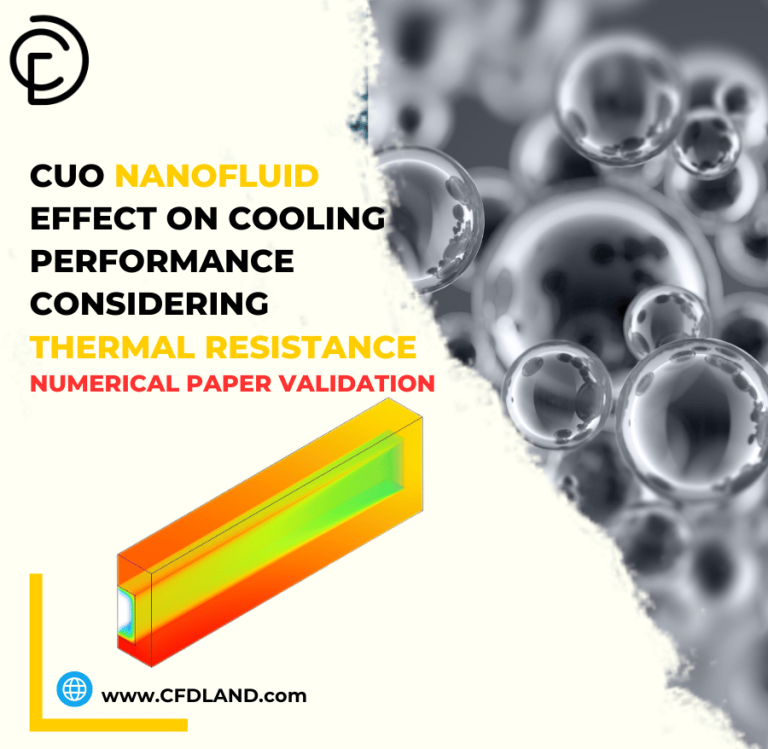
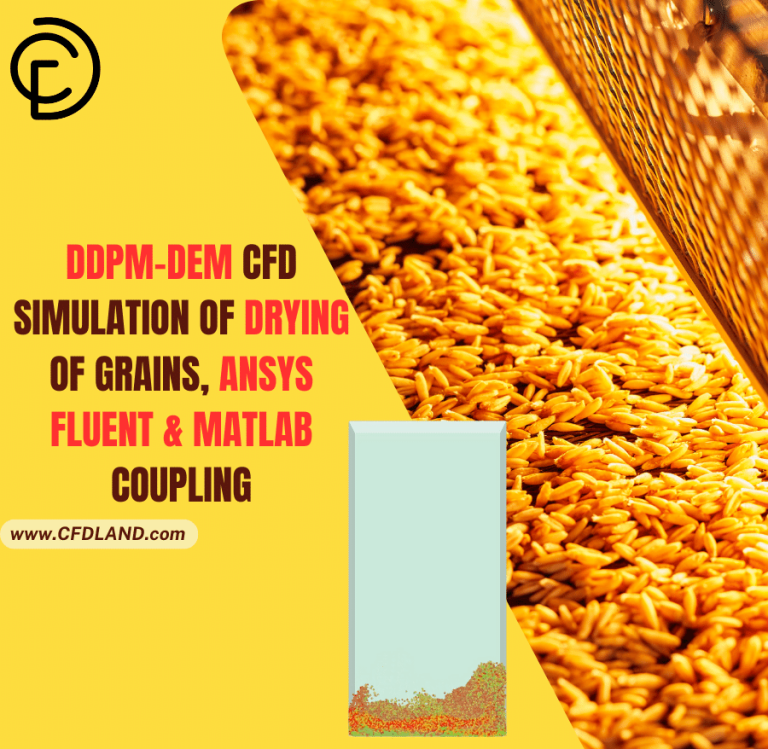

Reviews
There are no reviews yet.